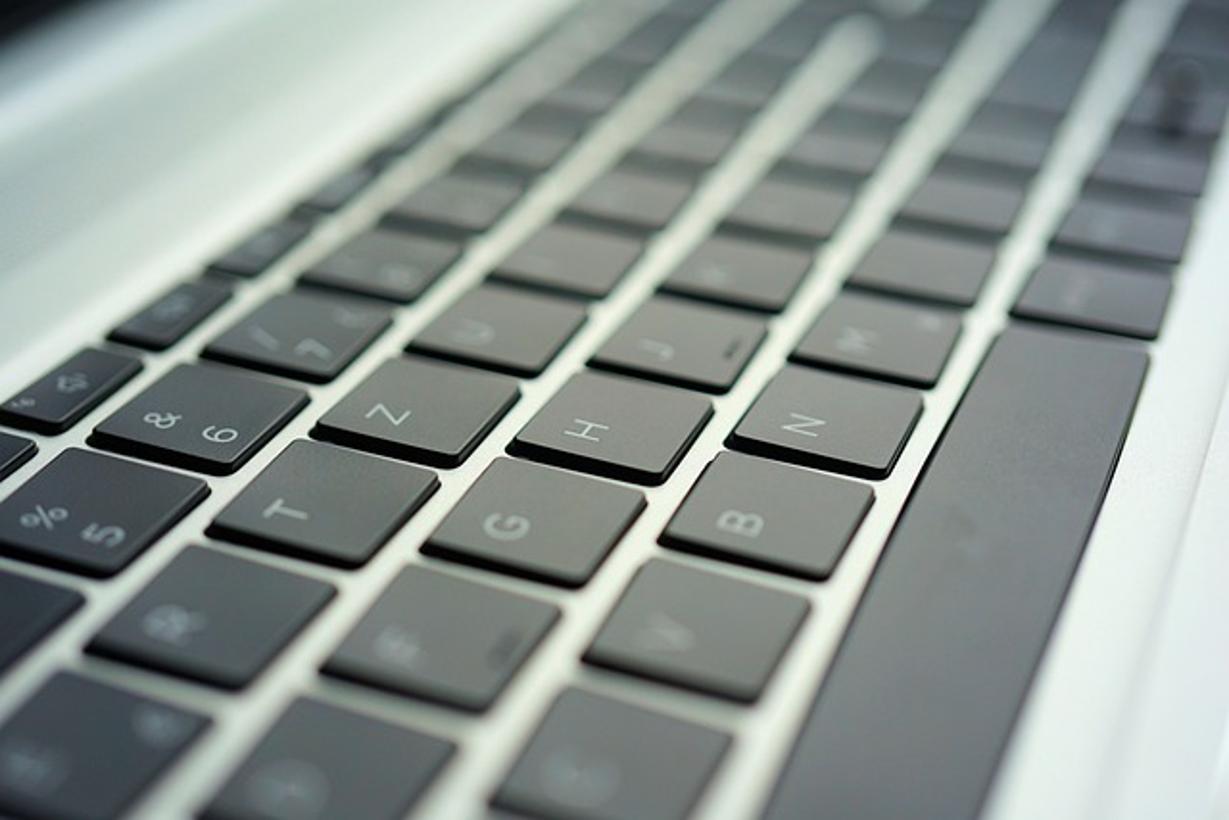How to Fix Keyboard Issues in macOS Ventura
Introduction
Experiencing keyboard issues in macOS Ventura can be frustrating, especially if it impacts your productivity or communication. This comprehensive troubleshooting guide provides solutions to fix keyboard problems in macOS Ventura. From basic troubleshooting steps to more advanced techniques and professional repair options, we cover everything you need to get your Mac keyboard working seamlessly again.

Identifying Common Keyboard Problems
Before diving into the solutions, it’s essential to identify the specific issues you might be facing with your macOS Ventura keyboard. Common problems include: - Unresponsive keys: Some or all keys on the keyboard don’t register when pressed. - Sticky keys: Keys are physically stuck or require more force to press. - Incorrect characters: The keyboard inputs characters that don’t match what you’re typing. - Keyboard lag: Delay between pressing a key and the character appearing on the screen.
Understanding which of these issues you’re experiencing will help target the right solution.

Basic Troubleshooting Steps
Let’s start with some basic troubleshooting steps to resolve your keyboard issues. These are simple and can often fix common problems.
Restart Your Mac
Sometimes, a simple restart can solve many macOS problems. Follow these steps to restart: 1. Click on the Apple menu in the top-left corner of your screen. 2. Select 'Restart...' from the dropdown menu. 3. Confirm the restart when prompted.
Check Keyboard Preferences
Incorrect settings can cause keyboard issues. Ensure your keyboard preferences are set correctly: 1. Go to System Preferences > Keyboard. 2. Review the settings under the 'Keyboard' and 'Input Sources' tabs to make sure they’re correct.
Test with an External Keyboard
Testing with an external keyboard helps determine whether the issue lies with your built-in keyboard: 1. Connect an external keyboard via USB or Bluetooth. 2. Check if the external keyboard functions correctly.
If the issue persists, move on to software solutions.
Software Solutions
If basic troubleshooting doesn’t resolve the keyboard issue, it’s time to explore some software fixes.
Update macOS Ventura
Outdated software can lead to compatibility issues. Ensure your macOS Ventura is up to date: 1. Go to System Preferences > Software Update. 2. If an update is available, follow the on-screen instructions to install it.
Reset the SMC
The System Management Controller (SMC) manages hardware functions on your Mac, including the keyboard. Resetting it can fix issues: 1. Shut down your Mac. 2. For MacBooks with non-removable batteries, hold Shift + Control + Option on the left side of the keyboard while pressing the power button. 3. Release all keys and press the power button again to turn on your Mac.
Reset the PRAM/NVRAM
PRAM/NVRAM store system settings that may affect keyboard functionality. Resetting can help: 1. Shut down your Mac. 2. Turn it on and immediately press Option + Command + P + R simultaneously. 3. Hold the keys for about 20 seconds, then release and allow the Mac to restart.
If these software solutions do not solve your issue, proceed to hardware checks.
Hardware Checks
If software solutions haven’t resolved the issue, it’s time to check the hardware.
Inspect Physical Damage
Examine your keyboard for any visible damage that could interfere with key functions: 1. Look for stuck or damaged keys. 2. Use compressed air to clean between the keys and remove any debris.
Check USB and Bluetooth Connections
If you’re using an external keyboard, ensure the connections are secure: 1. Check that USB connections are firmly plugged in. 2. For Bluetooth keyboards, make sure the keyboard is paired correctly and has sufficient battery life.
Should hardware checks not yield results, consider advanced troubleshooting steps.
Advanced Troubleshooting
If basic, software, and hardware checks fail, advanced troubleshooting methods can help.
Boot in Safe Mode
Safe Mode can help identify whether third-party software is causing the issue: 1. Shut down your Mac. 2. Turn it on and immediately press and hold the Shift key. 3. Release the Shift key when you see the login screen. 4. Test your keyboard in Safe Mode.
Reinstall macOS Ventura
Reinstalling macOS Ventura can resolve persistent software-related issues but should be a last resort: 1. Back up your data using Time Machine. 2. Restart your Mac and hold Command + R to enter Recovery Mode. 3. Select 'Reinstall macOS' and follow the on-screen instructions.
If advanced troubleshooting does not help, it's time to seek professional assistance.
Getting Professional Help
If you’ve tried all the above methods and your keyboard still isn’t working, it may be time to seek professional help. Visit an authorized Apple service provider or contact Apple Support for further assistance. They can diagnose hardware issues and provide repairs or replacements if necessary.

Conclusion
Fixing keyboard issues in macOS Ventura involves a combination of basic troubleshooting, software fixes, and hardware checks. If these steps don’t resolve the problem, professional help might be required. Follow this guide carefully, and you’ll likely find a solution to get your keyboard working smoothly again.
Frequently Asked Questions
Why is my Mac keyboard not responding after updating to macOS Ventura?
Your Mac keyboard may not respond due to compatibility issues, outdated drivers, or incorrect settings. Follow the troubleshooting steps outlined above to resolve the issue.
How can I reset PRAM/NVRAM on my Mac?
To reset PRAM/NVRAM, shut down your Mac, then turn it on while pressing and holding Option + Command + P + R. Release the keys after about 20 seconds and allow the Mac to restart.
When should I seek professional repair services for my Mac keyboard?
Seek professional repair services if your keyboard remains unresponsive after all troubleshooting steps, or if you notice physical damage that you cannot fix yourself. A professional can diagnose and address any underlying issues.



